“You ask yourself the question: what would it be like, if you were stuck living forever?” Interview With The Vampire’s director Neil Jordan says. “What would it be like, if life were a passage of days that were the same, the same, the same, the same? The fashions change. The cities change. The technology changes, yet you remain the same? That, to me, was a great question.”
Time moves on, yet film lives immortal. And, as Jordan’s adaptation of Anne Rice’s genre-quake of a vampire novel reaches its thirtieth anniversary, he’s reflected back on his career’s work in a new memoir, titled Amnesiac. It’s an alluring, unconventional approach to autobiography, that considers the slipperiness of one’s own memories.
Jordan follows his childhood in north Dublin, surrounded by both faith and superstition, through to his work with John Boorman on Excalibur, and onto the films he both directed and frequently wrote. Several waltzed with the supernatural: his most famous, Interview With The Vampire (1994), alongside The Company Of Wolves (1984), High Spirits (1988) and Byzantium (2012).
Two chapters are dedicated to Interview With The Vampire, in which Jordan details the fraught but liberating experience of a film “made in an insane glare of publicity”. Chief among them is the casting of Tom Cruise as the vampire Lestat de Lioncourt, who unexpectedly descends into the life of Louis de Pointe du Lac (Brad Pitt), a wealthy widower in 1791 Louisiana. Lestat can feel his sorrow. One bite and Louis will be forever freed from the prison of mortality. It’s an offer he comes to regret almost as soon as he accepts it.
Cruising along

Cruise, certainly, didn’t match Rice’s description. “First of all, he’s tall. Secondly, he’s blond,” Jordan explains. “Her ideal Lestat was actually Rutger Hauer, for some reason – perhaps because she’d seen Ridley Scott’s Blade Runner. He was a Nordic kind of figure. She admired Jeremy Irons. Daniel Day-Lewis was the favourite when I came on board. Daniel didn’t want to do it.”
Cruise, at the time, wasn’t so far removed from the cocksure dreamboat of Top Gun (1986) and Risky Business (1983), his stardom defined by that nuclear-grade smile. Jordan had seen him in Oliver Stone’s Born On The Fourth Of July (1989), in which he played a real-life Vietnam War vet and first rattled the public’s expectations (“You look at that and say, ‘Okay, that’s an actor, apart from being a movie star.'”) But this was long before Stanley Kubrick’s Eyes Wide Shut (1999) or Michael Mann’s Collateral (2004). The Cruise we know today was still in nascent form.
He didn’t immediately read as otherworldly, ancient, beautiful or aristocratic. Yet Jordan saw otherwise. “When I met Tom, I saw the way into the character. That’s the only way I can describe it,” he says. “I saw the way into this character who had to live outside of the public gaze in a way.” Rice had made her objections to Cruise public (she exclaimed that he was “no more my Vampire Lestat than Edward G Robinson is Rhett Butler”). But she was just as quick to relent when she finally saw what he’d done with the role. Cruise’s Lestat is the id made flesh, irresistibly seductive but with a charred and blackened heart.
Rice had a two-page ad published in Variety. In it, she set the record straight, by writing: “I like to believe Tom’s Lestat will be remembered the way Olivier’s Hamlet is remembered. Others may play the role some day but no one will ever forget Tom’s version of it.” Jordan reflects: “With regard to Tom, he’s the kind of guy that if you give him a challenge and you say, ‘Hey, you’re not going to be able to do that’, he will do it. That’s why he’s doing these Mission: Impossible movies, and he’s jumping off enormous cliffs. I do admire him for that.”
Long time coming

For Rice, Jordan’s film marked the conclusion of an exhaustive, near two-decade period of development. Executives were reluctant to move forward, and they were upfront about the reason why: Lestat and Louis’s bloodlust, and their unshakeable bond, are implicitly (and sometimes explicitly) driven by sexual desire and romantic feeling. Rice, frustrated, at one point rewrote the script to make Louis a woman, with an eye to cast Cher.
Eventually, however, the project ended up in the hands of producer David Geffen, a gay man. A new adaptation was written by Rice (with Louis once again a man) and sent to Jordan. “The script was very theatrical,” the director says. “She had tried to modify a lot of aspects of the book in the attempt to get it made. I reintroduced a lot of elements back into the movie. I didn’t get a credit for this, but that’s fine. It often happens if you’re the director, you’re in a different position.”
Still, speculation was rife about how Louis and Lestat’s relationship would be portrayed on screen. “Before I was making the movie, as I was making it,” Jordan says. “All these articles and all these programmes on American television: ‘Are they normalising the relationship?’ ‘Are they draining it of sexual content?’ The truth is, that wasn’t the case at all. It’s not about sex. I wish it was a bit more about sex, but it’s not really about that.
“I think the best thing we did in that movie was actually that we created a family,” he continues. Louis, at first, is driven to torment by his new taste for blood. He feeds from a young girl, Claudia (Kirsten Dunst), recently orphaned. Here, Lestat sees an opportunity. He turns Claudia and, by doing so, binds the two of them to Louis for eternity. The men, in all practical definitions of the word, became her parents. “They’re like any couple in a way,” says Jordan. “Like a couple that’s about to split up and, suddenly, the girlfriend gets pregnant.”
Star turn
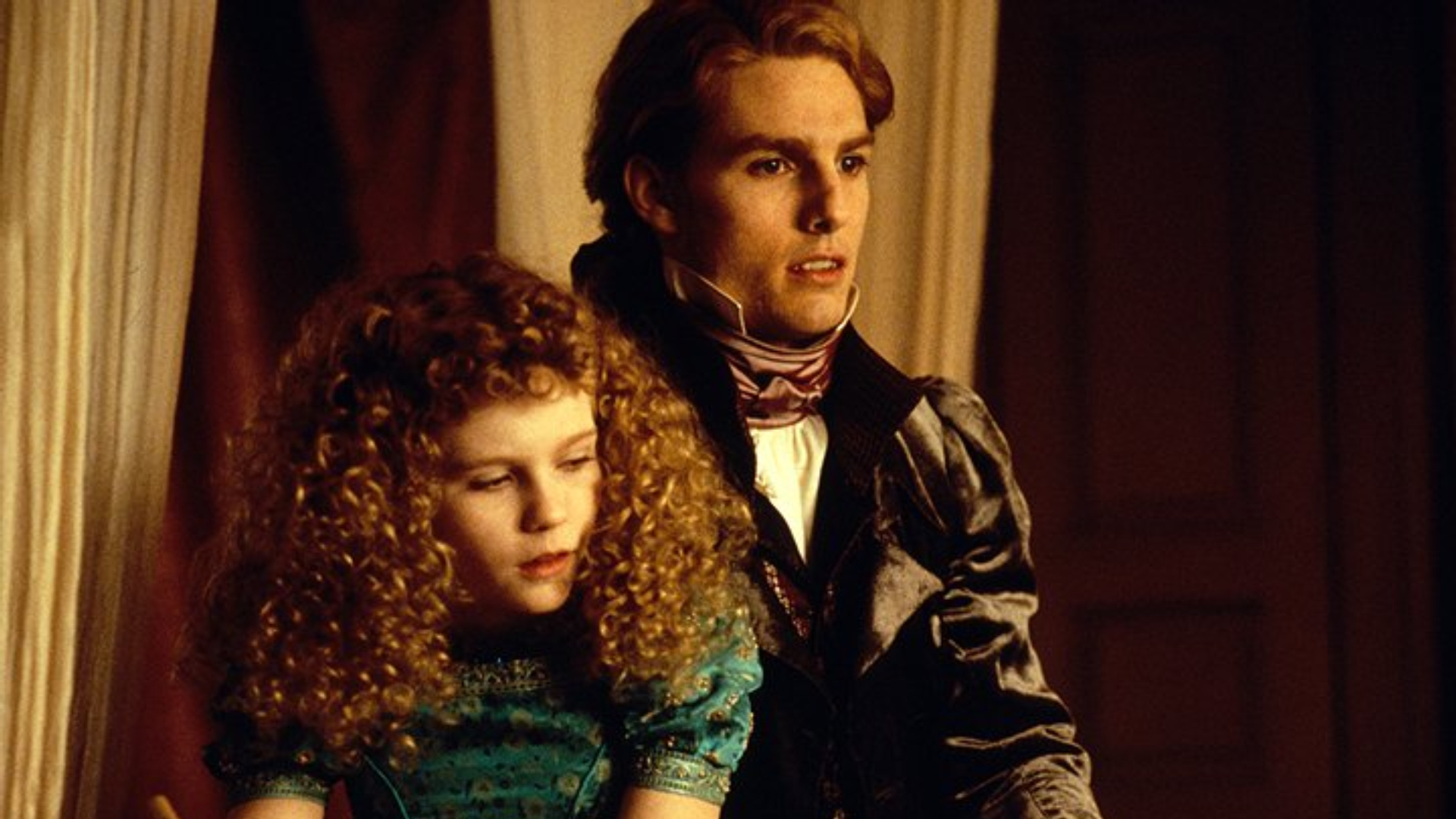
It was Dunst’s first substantial role, and ultimately her breakthrough. “I’ve cast many kids in my movies and I always feel very guilty doing it because you know that this will define them in some way,” he says. “It’s a thing they will never escape from, like when I cast Sarah Patterson in The Company Of Wolves or Eamonn Owens in The Butcher Boy. They’re not actors. But the minute I met Kirsten Dunst, I knew she was an actor. So I didn’t feel any hesitation whatsoever.
“She’s done remarkable things since,” he adds. “I think she’s gained an enormous amount of sadness – in Lars von Trier’s Melancholia, she’s remarkable. She’s great. She can play things like Mary Jane in Spider-Man, but she’s bigger than that.” Pitt, meanwhile, would take a different path.
“Obviously, he wanted a far more muscular career,” Jordan says. “I think he felt the passivity of the character, and the fact that we were shooting at night – it kind of wore him down, really. The Brad Pitt that was in Fight Club, that muscular guy with a cigarette hanging out of his mouth, it’s not the Brad Pitt that was in Interview With The Vampire. But that’s why he’s a great actor, too.”
Production commenced under what Jordan would call “a paranoid sense of freedom. Geffen had promised him “no interference whatsoever”. But the books had an enormous audience, bolstered by Rice’s own affection for her characters (she continued Lestat’s story in 12 subsequent sequels, known collectively as The Vampire Chronicles).
“Every time we went to a location, whether it be San Francisco or New Orleans or London or Paris, there were journalists everywhere trying to take pictures,” says the director. “It was kind of a weird situation where you were under examination, every step you took, yet you have the studio behind you and the freedom to do what you want.”
He was guided, primarily, by his love for Rice’s book. But the echoes of childhood left their mark. “I grew up under the shadow of Bram Stoker’s house, in Marino in Dublin,” he says. “I used to pass it every day when I went to the cinema. I felt a fidelity to both [him and Rice] in a way.”
His Irish Catholic background, too, contributed to what he considered “this strange sense of guilt” that pervaded Rice’s story. There’s a sequence cut from the film in which Louis confesses to a priest, alluding to his vampiric ways. The priest connects the dots and starts to panic. Louis slaughters him at the altar. “There’s blood drenched everywhere,” he says. “It’s very dramatic. Maybe I’ll look at a longer version at some stage if they allow me.”
Beyond its commercial success, its two Oscar nominations, and an unconnected sequel in 2002’s Queen Of The Damned, Interview With The Vampire has seen its legacy continued by the AMC series, starring Sam Reid and Jacob Anderson. It’s a looser adaptation, with its own distinctive viewpoint (the homoeroticism is all text, no subtext), yet it still pays repeated homage to Jordan’s film.
Jordan has watched the first season, though he disagrees with the decision to age up Claudia – she’s five in the book, around 10 in the film, and 14 in the series. “It’s not as horrific if she’s older, in a way,” he says. “I understand what they did. But it’s weird how our kind of self-censorship changes, isn’t it?” That’s the thing about time, Rice’s vampires would tell you. Humanity moves forward, but the past keeps pace. And Louis and Lestat have plenty of life left in them still.
Amnesiac is out now, published by Bloomsbury. For more scares, check out our guide to all the upcoming horror movies on the way and our breakdown of the best horror movies of all time.
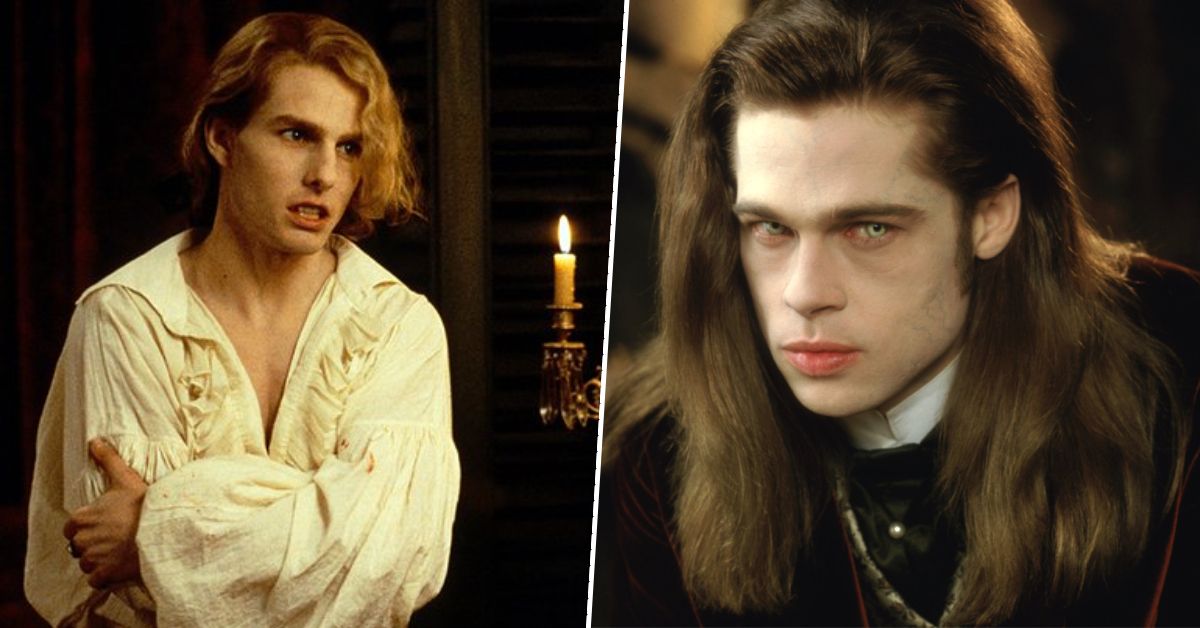
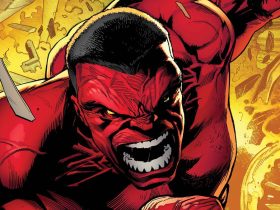

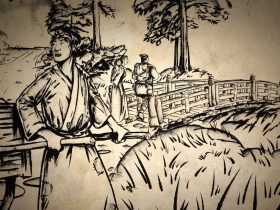
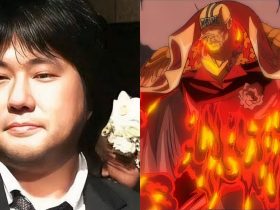
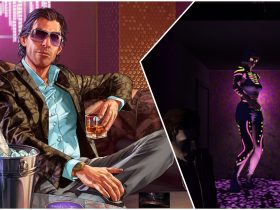
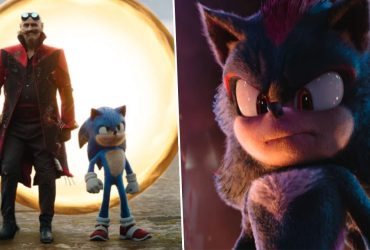
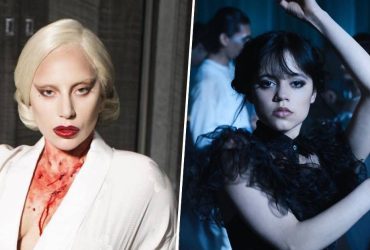
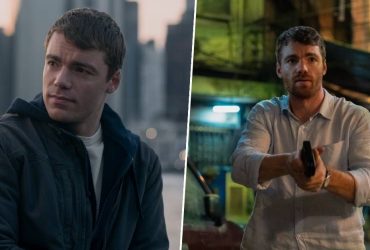
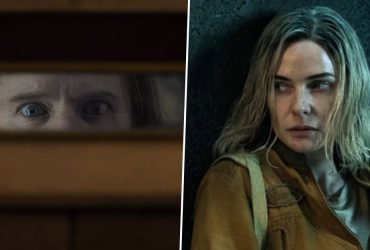
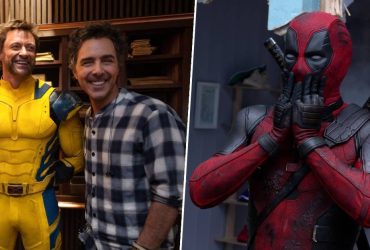
Leave a Reply